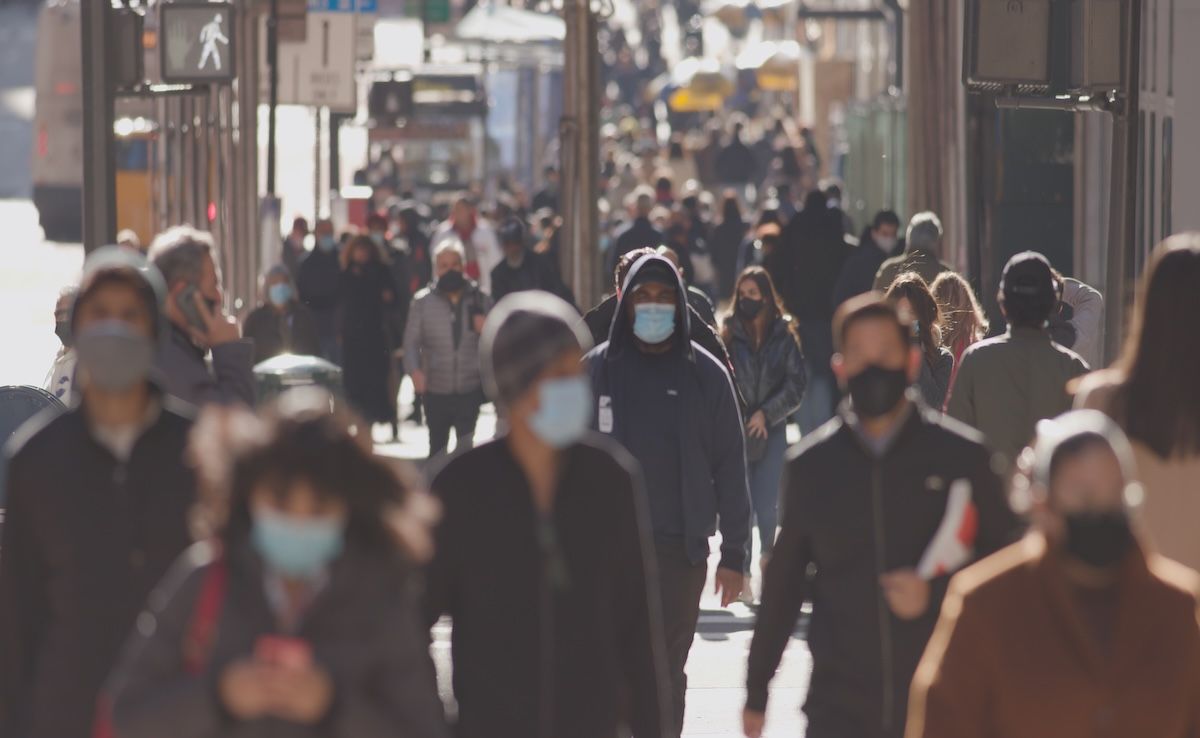News
Article
Housing Instability Linked to Worse Type 2 Diabetes Outcomes
Author(s):
Key Takeaways
- Stable housing is linked to modest improvements in HbA1c, blood pressure, and cholesterol levels in T2D patients.
- The study used electronic health records from US community health centers, focusing on housing stability's impact on diabetes outcomes.
New study finds adults with stable housing have slightly better blood sugar and blood pressure levels.
Housing instability may worsen outcomes for people with type 2 diabetes (T2D), according to a study.1 Researchers found that those with stable housing had modest but significant improvements in hemoglobin A1c (HbA1c), blood pressure, and cholesterol levels over time.

This observational longitudinal cohort study is published in JAMA Network Open.
“As clinics and health plans seek to address health-related social needs, these findings may shape expectations concerning short-term biomarker changes that addressing housing instability may produce,” wrote the researchers of the study. “One interpretation of these results is that stable housing may be an enabling condition for better diabetes outcomes—that is, it facilitates the self-care and clinical management activities diabetes requires—but is not itself sufficient for optimal diabetes care.”
Diabetes affects 589 million globally, with more than 250 million individuals unaware of their diabetes, increasing health risks and complications.2 To combat the burden of this disease, diagnosis, prevention, and education, especially in underserved communities, are crucial.
The researchers conducted a cohort study using electronic health record data from adults with T2D who received care at US community-based health centers between June 2016 and April 2023.1 Housing stability was assessed through patient-reported data, classifying individuals as having stable or unstable housing. The primary outcome was mean (SD) HbA1c level, with secondary outcomes including systolic and diastolic blood pressure (SBP and DBP) and low-density lipoprotein (LDL) cholesterol.
Targeted minimum loss-based estimation was used to analyze the association between housing status and diabetes outcomes, adjusting for potential confounders such as age, race and ethnicity, sex, language, insurance status, income, comorbidities, date of housing assessment, and neighborhood-level social vulnerability.
The primary analysis focused on outcomes 12 months after initial housing assessment, with additional follow-ups at 6, 18, 24, 30, and 36 months.
The study included 90,233 adults with T2D with a mean (SD) age of 55.4 (13.7) years; 56.3% were female, 28.4% were Black, 31.4% Hispanic, and 57.3% White.
Among participants, 17.4% reported housing instability. At baseline, average HbA1c was 7.64%, SBP was 130.0 mm Hg, DBP was 78.2 mm Hg, and LDL cholesterol was 101.1 mg/dL. Additionally, at 12 months, individuals with stable housing were estimated to have 0.12% lower HbA1c (95% CI, −0.16 to −0.07; P < .001), 0.77 mm Hg lower SBP (95% CI, −1.14 to −0.39; P < .001), and 0.27 mm Hg lower DBP (95% CI, −0.49 to −0.06; P = .01) compared with those experiencing housing instability. LDL cholesterol showed no statistically significant difference. These trends were consistent across additional time points up to 36 months.
However, the researchers noted some limitations. Because the study relied on clinical record data, it was subject to potential confounding and selection bias. Additionally, unmeasured factors, such as marital status, could have influenced results. Furthermore, the study modeled a hypothetical intervention, comparing continuous housing instability to continuous stability, without accounting for impermanent experiences of housing instability, which may have different associations with T2D outcomes.
Despite these limitations, the researchers believe the study suggests that addressing housing insecurity could play a role in managing chronic conditions like diabetes.
“Therefore, the results presented here are best interpreted as a way to understand the potential impact on type 2 diabetes outcomes of addressing one specific pathway—housing instability—that might be difficult to isolate in practice,” wrote the researchers. “It is also important to consider that improving type 2 diabetes outcomes is not the primary reason to address housing instability. Ensuring stable housing is a worthwhile goal in its own right, regardless of any health benefits that might result.”
References
1. Berkowitz SA, Ochoa A, Kuhn ML, et al. Housing instability and type 2 diabetes outcomes. JAMA Netwrk Open. 2025;8(4):e254852. doi:10.1001/jamanetworkopen.2025.4852
2. Steinzor P. More than 250 million individuals unaware they have diabetes. AJMC®. April 7, 2025. Accessed April 11, 2025. https://www.ajmc.com/view/more-than-250-million-individuals-unaware-they-have-diabetes





